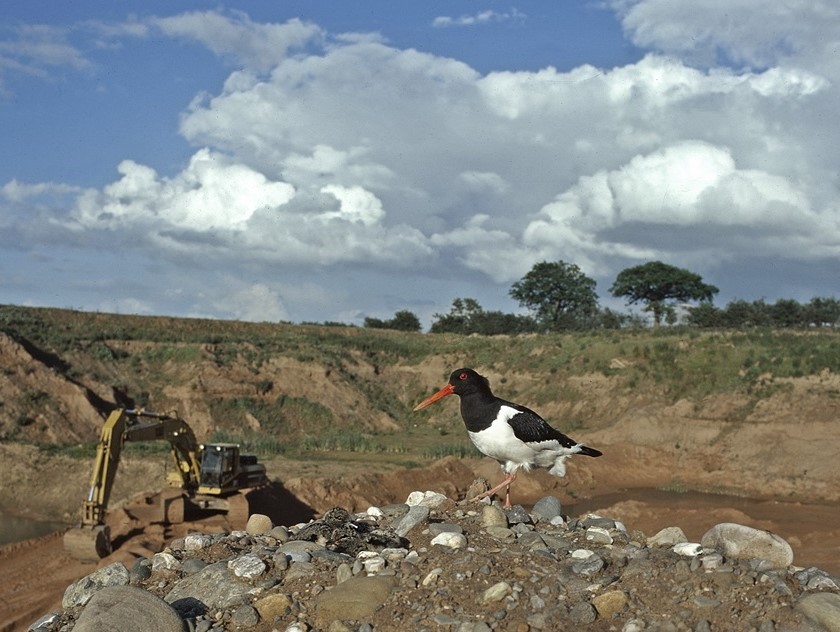A Shropshire company is celebrating after finishing in the top three of a national photographic competition.
Tudor Griffiths Group has sand and gravel quarries in Ellesmere, and at Cefn Graianog and Pen Y Groes in Gwynedd.
And now the company has finished third in the prestigious biennial Quarries and Nature Photo Competition organised by the Mineral Products Association (MPA).
The nationwide competition showcases the diverse and flourishing wildlife found in and around active and restored quarries, emphasising the significant contribution of the quarrying industry to nature recovery and biodiversity gain in the UK.
There are two categories: one for MPA member company employees and contractors, and another for the thousands of volunteers who contribute to the restoration of quarry sites, transforming them into nature reserves, country parks, and sites of special scientific interest.
Estates Director at Tudor Griffiths Group Stuart Lawrence clinched third prize in the employees' section of the competition with his photograph of an oystercatcher in the quarrying environment at the Ellesmere site.
third prize in the employees' section of the competition with his photograph of an oystercatcher in the quarrying environment at the Ellesmere site.
An exclusive viewing of the winning was held at The Royal Society in London, where guests included leading conservationists, policymakers, MPA member companies, and the winning photographers.
RSPB Chief Executive Beccy Speight presented the prizes, commending the exceptional quality of the images and the competition's role in highlighting the importance of restored quarries in supporting nature recovery.
Beccy said: "We have long known how important the role of restored quarries can be in helping nature recover, and photography is a wonderful way of bringing this to light. The quality of the images in the competition was outstanding.”
Mark Russell, MPA Executive Director for Planning & Mineral Resources, said: “More new areas of nature conservation and biodiversity gain have been – and continue to be – created through quarry restoration than any other industrial activity."
By the end of 2021, MPA members had already created over 8,300 hectares of new priority habitat, with an additional 11,000 hectares in the pipeline.
Pictured: Stuart Lawrence’s image of an oystercatcher at the Ellesmere quarry